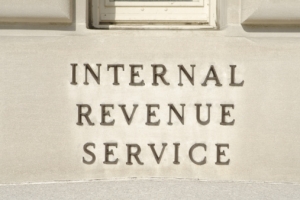Affordable Care Act
The Affordable Care Act (ACA) established a maximum out-of-pocket limitation for single and family coverage. The limit established for 2016 is $6,850 for single coverage and $13,700 for family coverage. The Department of Health and Human Services (HHS) issued an FAQ document on May 8, 2015 which indicates a health plan that covers a family cannot impose an out-of-pocket maximum of more than $6,850 for any single family member covered under the plan.
- The fee is paid on the average number of covered lives for the plan year ending in 2014.
The Affordable Care Act (ACA) has eliminated the need for certificates of creditable coverage (a.k.a. HIPAA notices) as of this year. These notices detailed the amount of time a person was covered under a health plan, and their primary purpose was to reduce or eliminate pre-existing condition waiting periods when someone was changing from one health plan to another. Since the ACA has eliminated pre-existing condition waiting periods in almost all market segments, these notices are deemed to be no longer relevant.
On March 4, 2015 the U.S. Supreme Court heard oral arguments in regards to the King vs. Burwell case, which is the most significant challenge to the Affordable Care Act (ACA) since the constitutionality of the Individual Mandate was challenged back in 2012. The plaintiffs in the King vs. Burwell case argue that subsidies can only be provided by states that establish an Exchange on their own. They further argue that the federal government, which is utilized in 37 states, cannot provide subsidies to Exchange applicants.
The IRS has released Notice 2015-17 with some new information about Employer Payment Plans, which are plans that are used to reimburse employees with pre-tax dollars for individual market coverage (e.g. HRA). Previous guidance had essentially eliminated Employer Payment Plans as an option for actively employed workers because they would not be able to comply with all of the Affordable Care Act (ACA) market reforms. Notice 2015-17 elaborates on the IRS’ position of Employer Payment Plans.
The IRS has released the final version of the forms and instructions as it relates to the new employer reporting requirements associated with the Employer Mandate and other Affordable Care Act (ACA) provisions. The forms are identical to the draft versions that were released last summer, but there have been revisions made to some of the instructions. The forms and instructions can be accessed below:
Section 6055 reporting (used to report which individuals are covered by the employer sponsored plan)
The Affordable Care Act (ACA) defines a small employer as one with up to 100 employees, but the law gave states the ability of using a definition of up to 50 employees until the end of 2015. As a result, most states, including Illinois, used a definition of up to 50 employees. However, that will change in 2016, and all states will be required to classify their small group market as up to 100 employees.
Why does this matter?
Benefits Buzz
Enter Your Email









